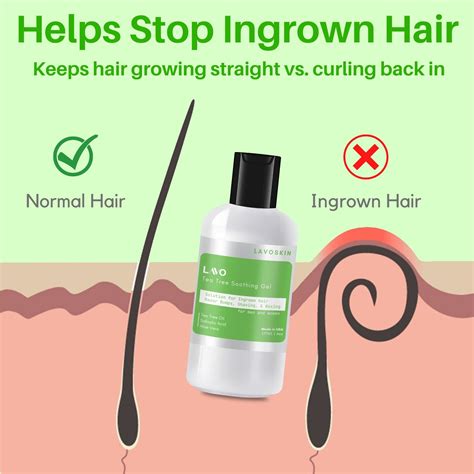How to prevent razor burn for a consistently sharp, professional look?

Understanding Razor Burn: More Than Just a Nuisance
Razor burn, characterized by red, irritated skin, bumps, and a burning sensation, is a common affliction for many who shave regularly. It occurs when hair follicles become inflamed, often due to improper shaving techniques, dull blades, or insufficient skin preparation. While it can be uncomfortable and unsightly, impacting a professional image, it’s largely preventable. Understanding its causes is the first step toward achieving a consistently smooth, irritation-free shave that leaves your skin looking and feeling great.

Pre-Shave Preparation: The Foundation of a Smooth Shave
The secret to preventing razor burn often begins before the blade even touches your skin. Proper preparation softens the hair and opens pores, allowing for an easier, closer shave with less irritation.
- Cleanse Your Face: Start with a gentle facial cleanser to remove dirt, oil, and dead skin cells. This helps prevent bacteria from entering freshly shaven follicles.
- Warm Water or Hot Shower: Shaving after a hot shower is ideal. The steam helps to soften the hair and open up your pores, making the hair easier to cut. If not showering, apply a warm, damp towel to your face for a few minutes.
- Apply Pre-Shave Oil: A good quality pre-shave oil creates a protective barrier between your skin and the razor, helping the blade glide more smoothly and reducing friction.
- Use Quality Shaving Cream/Gel: Opt for a rich, hydrating shaving cream or gel that creates a thick lather. Apply it generously and let it sit for a minute or two to further soften the hair.
The Shaving Technique: Precision and Care
Your technique is paramount in preventing razor burn. Rushing through your shave or using incorrect methods can lead to nicks, cuts, and irritation.
Always use a sharp, clean razor blade. Dull blades are a primary culprit for razor burn as they tug and pull at the hair instead of cleanly cutting it, causing irritation and ingrown hairs. Change your blade regularly, typically every 5-7 shaves, or at the first sign of dullness.

Shave with the grain, not against it, especially on the first pass. Shaving against the grain might feel like it gives a closer shave, but it significantly increases the risk of irritation and ingrown hairs by pulling the hair up and cutting it too short below the skin’s surface. For a closer shave, you can re-lather and do a second pass across the grain, but never directly against it if your skin is prone to irritation.
Use light, short strokes without applying excessive pressure. Let the weight of the razor do the work. Pressing too hard can cause the blade to dig into your skin, leading to cuts and discomfort. Rinse your razor frequently under warm water to remove accumulated hair and shaving cream, ensuring a clean cut with each stroke.
Post-Shave Care: Soothe and Protect
What you do immediately after shaving is just as important as your preparation and technique.
- Rinse with Cold Water: After shaving, rinse your face with cold water. This helps to close your pores and soothe the skin, reducing redness and inflammation.
- Pat Dry, Don’t Rub: Gently pat your skin dry with a clean, soft towel. Rubbing can irritate freshly shaved skin.
- Apply Aftershave Balm/Lotion: Skip alcohol-based aftershaves, which can dry out and irritate your skin. Instead, opt for a soothing, hydrating aftershave balm or lotion containing ingredients like aloe vera, witch hazel, or chamomile to calm and moisturize your skin.
- Moisturize: Follow up with a good quality facial moisturizer to keep your skin hydrated and help maintain its protective barrier.

Maintaining Your Tools: The Unsung Hero
The longevity and effectiveness of your shaving tools play a significant role in preventing razor burn.
- Store Razors Properly: After each use, rinse your razor thoroughly and allow it to air dry in a well-ventilated area. Storing it in a damp environment can promote bacterial growth and dull the blades faster.
- Regular Blade Replacement: As mentioned, replace your blades frequently. A sharp blade is your best defense against irritation.
- Clean Shaving Brushes: If you use a shaving brush, clean it regularly with mild soap and water and allow it to dry completely to prevent bacterial buildup.

Conclusion: A Smooth Path to Professionalism
Preventing razor burn is an achievable goal that contributes significantly to a sharp, professional look. By consistently following a meticulous pre-shave, shave, and post-shave routine, and maintaining your tools, you can enjoy a smooth, irritation-free complexion every day. Invest in quality products and take the time to treat your skin with the care it deserves, and razor burn will become a problem of the past.










